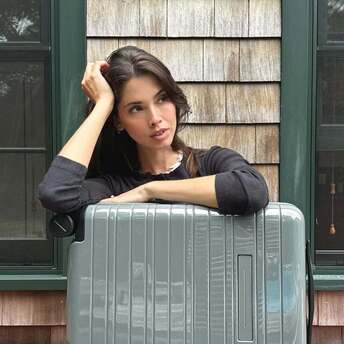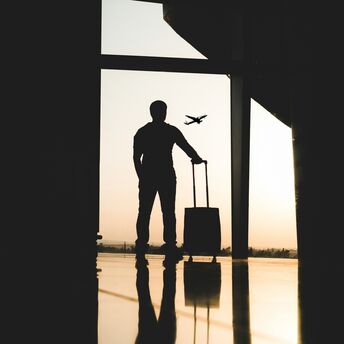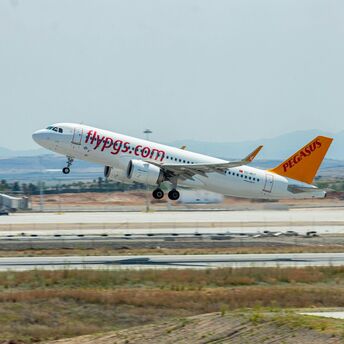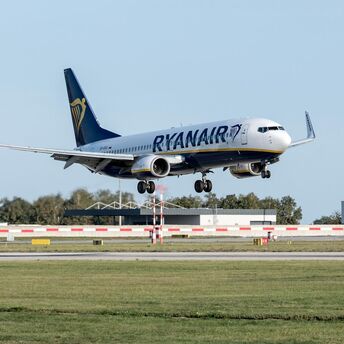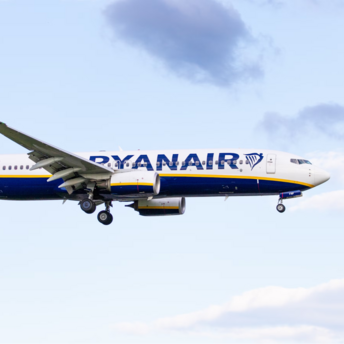How to Make Flying with an Infant Smoother and Stress-Free
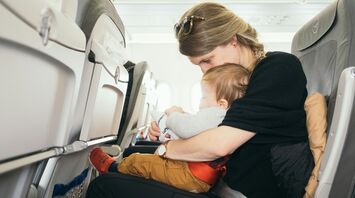
For families planning air travel with an infant, understanding airline regulations and available services is crucial. Many airlines, including Finnair, permit newborns as young as two days old to fly, provided they are medically fit and possess a valid passport. Infants under two typically travel on a guardian’s lap, secured with a safety belt provided by the airline. Alternatively, a separate seat can be purchased if an approved child restraint system is used. While baggage allowances vary, most airlines allow parents to bring essential items such as a foldable pushchair and car seat without additional charges.
Parents must also be aware of onboard services and food policies when traveling with a baby. Infant meals are not always provided on flights, making it essential for parents to bring their own baby food. While security regulations generally allow baby formula and breast milk in reasonable quantities, onboard refrigeration is rarely available, necessitating the use of insulated storage bags. Additionally, baby bassinets on long-haul flights must be reserved in advance due to limited availability, making early booking an important consideration for parents seeking a more comfortable journey.
Beyond airline-specific policies, there are several additional strategies that can make flying with an infant easier. Choosing flights that align with a baby’s sleep schedule can reduce in-flight discomfort, while booking bulkhead seats provides extra space for families. Packing a small, well-organized carry-on with essentials such as diapers, wipes, and extra clothing ensures parents are prepared for unexpected situations. Noise-canceling headphones or soft earplugs can also help infants adjust to cabin noise, reducing stress during the flight.
Airport navigation can be another challenge for families traveling with infants. To streamline the process, parents should check if their departure airport provides stroller rental services or family-friendly security lanes. Many international airports now offer priority boarding for travelers with young children, allowing them extra time to settle in before general boarding begins. Additionally, considering layover durations is crucial—choosing airports with dedicated family lounges can provide a more relaxed transit experience.
With the change in travel, airlines are slowly catering to families with children who have never flown before. A lot of carriers do expand on amenities for parents, but plenty of others keep the restrictions and you need to research and prep. Information about airline policies and looking into low-cost airlines or family-oriented carriers may drastically enhance the flying enjoyment for regular travelers. Ultimately proactive planning, enables a more relaxed trip for everyone and enables parents to concentrate on making the trip a memorable one with kids.
